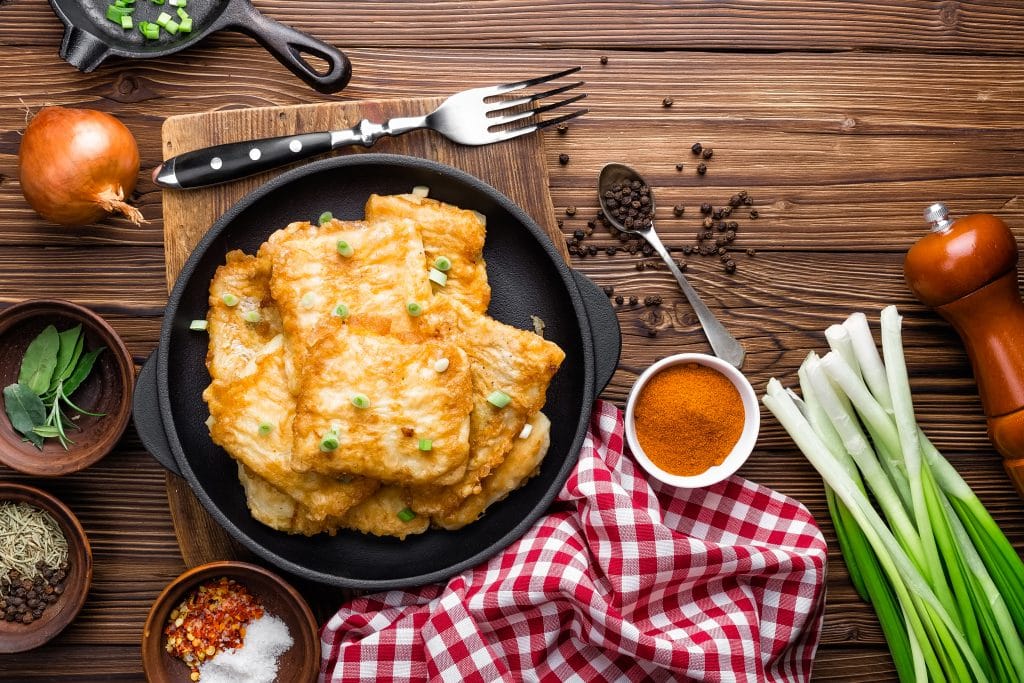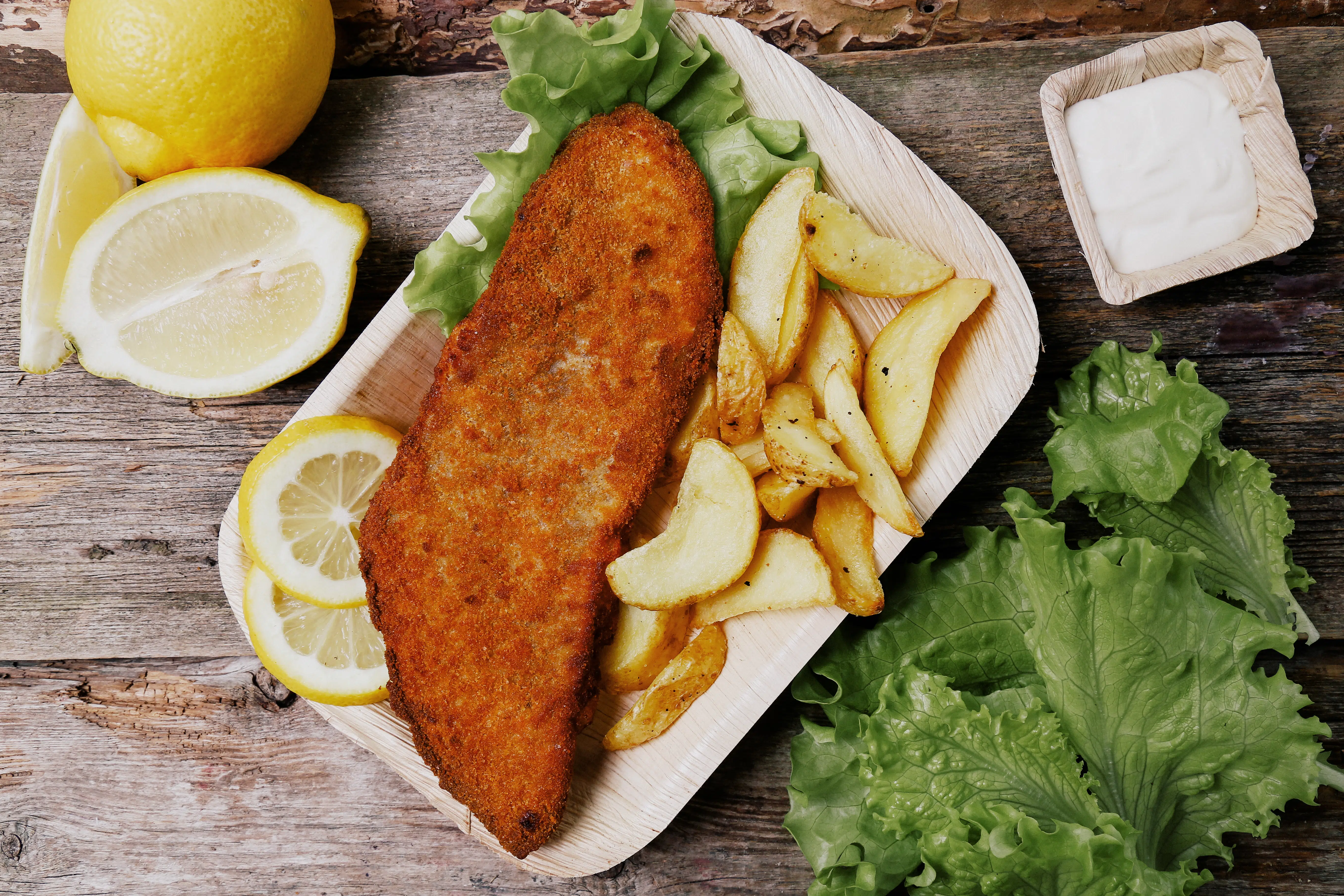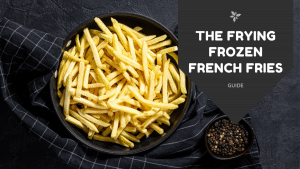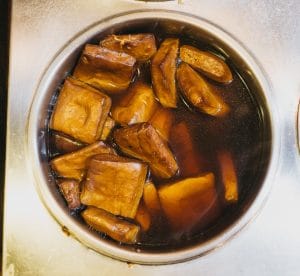How Long To Deep Fry Frozen Fish Fillets?
Important Note: When you buy through our links, we may earn a commission. As an Amazon Associate we earn from qualifying purchases. Content, pricing, offers and availability are subject to change at any time - more info.
When you need a quick, nutritious dinner, it’s handy to grab some fish fillets from the freezer. If you don’t have time, it’s possible to skip the thawing process and cook your frozen fish straight from the freezer. Deep-fried fish is delicious and good for you. How long do you need to deep fry frozen fish fillets?
To deep fry commercially frozen fish fillets, cook for six to seven minutes in preheated oil that has reached 350⁰F (180⁰C). Keep the fish frozen until you are ready to cook. For best results, don’t overfill the fryer basket, and don’t overcook the fish. Drain the fried fish before serving.
There are many ways you can prepare frozen fish, including poaching, baking, or even using the air-fryer. Deep frying battered fish is a family favorite, but you need to ensure that your oil is thoroughly heated and you cook the fish only until done, as it is easy to overcook fried fish. How long does deep frying frozen fish take?

How Long Does Deep Frying Frozen Fish Fillets Take?
Most frozen fish fillets will take five to seven minutes to cook. This time range allows for personal preference:
- For moderately fried fish that is soft and juicy with a lightly crisp batter, fry for five to six minutes.
- For a crisper, browner batter, fry for seven to eight minutes.
However, before you decide to deep fry frozen fish fillets, always check the instructions on the packaging for details of oil temperature and recommended cooking time.
How To Deep Fry Frozen Fish Fillets
Follow these steps for the best deep-fried frozen fish fillets:
Step 1: Preheat the oil
- Use oil intended for deep frying, which means the oil has a high smoking point. Good choices are canola, corn, safflower, avocado, grape seed and peanut oil, or Crisco. Other oils, such as olive oil, may smoke at high temperatures.
- If you’re using a saucepan rather than a deep fryer, fill in only 2/3 full to prevent dangerous spatter.
- Preheat the oil in a heavy-based saucepan or deep fryer to 350⁰F (180⁰C). This high temperature is essential to cooking the fish quickly and preventing it from absorbing fat and becoming greasy and heavy.
- Keep the thermometer handy to keep the oil temperature consistent. If you notice the temperature drops, wait until it heats up again before frying more fish. However, you should not let the oil get hotter either. If it begins smoking and overheating, remove the pan from the heat or turn down your fryer.
- Replenish the oil as necessary, especially if you are using a saucepan rather than a deep fryer. Heat the oil before continuing frying.
- Never leave hot oil unattended.
Step 2: Fry the fish
- Don’t take the fish out of the freezer until the oil is ready.
- Use tongs to carefully place the frozen fish fillets in the oil, taking care not to let the hot oil splash. The oil may pop when you put in the first couple of fillets.
- Do not overfill the fryer basket – instead, fry in batches. Each time you add a piece of frozen fish, it lowers the oil’s temperature, which lengthens the cooking time and leads to greasy fish.
- Squeezing in too much fish also prevents your fish from cooking quickly and efficiently because there is not enough space for the oil to surround the fish. Overfilling the fryer will lengthen the cooking time as well.
- Fry the fish for between five and seven minutes.
- Check that the fish is thoroughly cooked using a probe thermometer.
Step 3: Remove the fish
- Remove the cooked fish from the oil with a skimmer or slotted spoon.
- Drain the fish on a cooling rack or plate covered with paper towels to remove the excess oil.
- Serve hot.

How Do You Know When Your Deep-Fried Fish Fillets Are Done?
There is nothing worse than undercooked fish that is still cold in the center. If your fish has been frying for five to seven minutes, check to see that your fish is done:
- Use a probe thermometer to check whether the internal temperature of the fish is 145⁰F. This is the safe minimum temperature recommended by the USDA for fish.
- The fish should not be at all cold in the center.
- The batter should be crispy and golden-brown.
What If You Fry Frozen Fish For Too Long?
There is no reason to worry that five to seven minutes is too short a cooking time for fish. Fish cooks surprisingly quickly.
Avoid cooking your fish for longer than the recommended time. Frying frozen fish for too long will lead to:
- greasy, oily fish
- burnt batter
- dirty cooking oil.

Can You Deep Fry All Frozen Fish Fillets?
You can deep fry most kinds of frozen fish fillets, including haddock, cod, hake, tilapia, pollock, catfish, bass, and trout.
However, avoid deep-frying home frozen fish as it has not been frozen to the correct commercial temperature. Thaw home frozen fish before frying.
Deep frying works best if the fish has been pre-battered to protect the delicate meat of the fish from the oil. Using pre-battered fish is ideal for busy cooks as all the preparation has been done.
You cannot dip frozen fillets in batter and then fry them. The batter will slide off the frozen fish. Thaw the fish first if you want to use homemade batter.
Deep frying is not ideal for crumbed fish fillets – rather bake these as the crumbs can fall off during deep frying. Thaw thicker crumbed or breaded fish pieces so that they bake more quickly.
So, How Long To Deep Fry Frozen Fish Fillets?
Deep frying commercially frozen, pre-battered fish fillets is a convenient way to prepare a tasty, wholesome meal. The frying process will take five to seven minutes, so long as you preheat your oil to 350⁰F (180⁰C). To get the best out of your fish, don’t overfill the fryer and avoid overcooking the fish — it will be ready when the inside is 145⁰F, and the batter is golden brown.
























